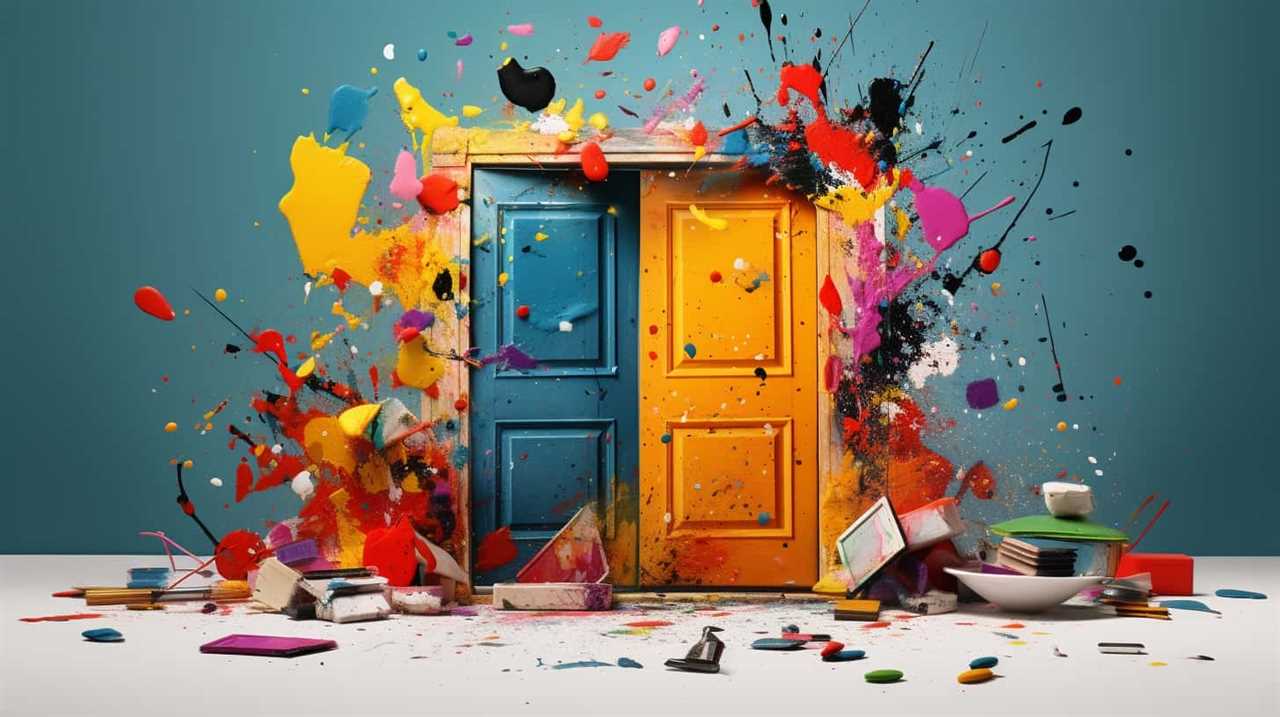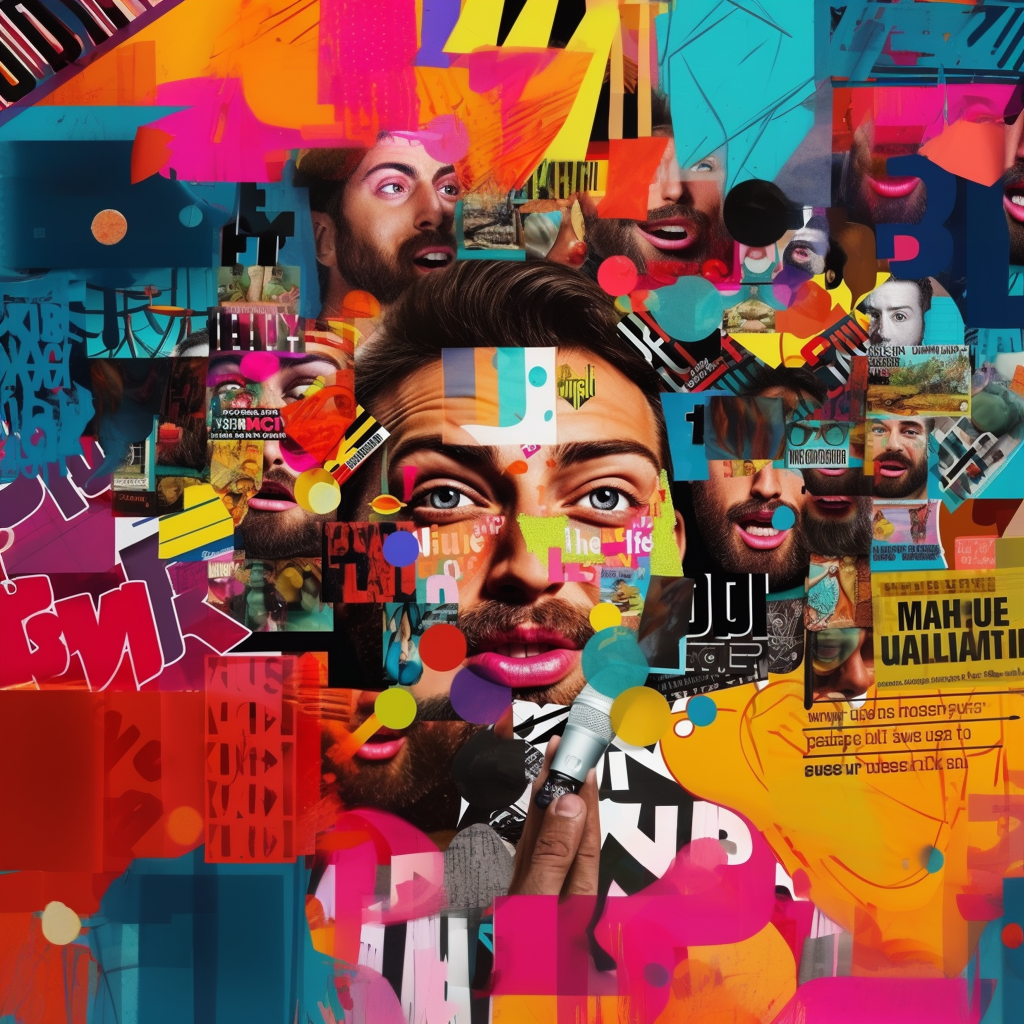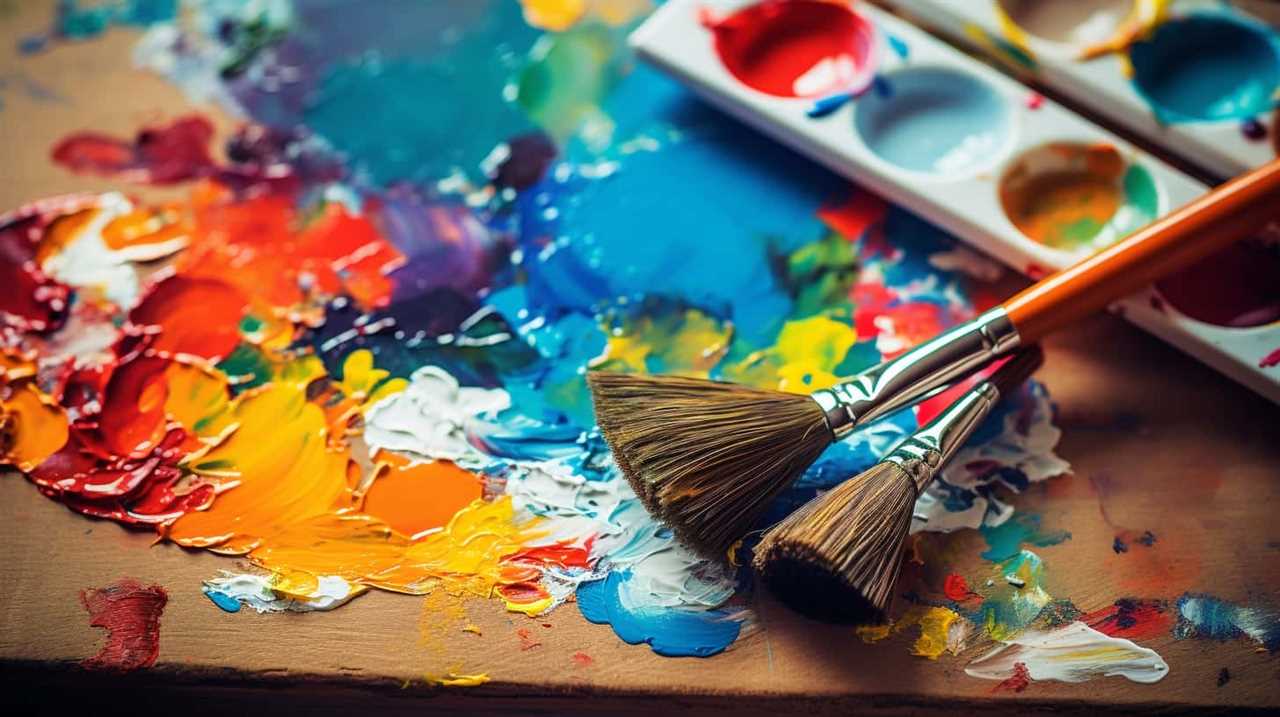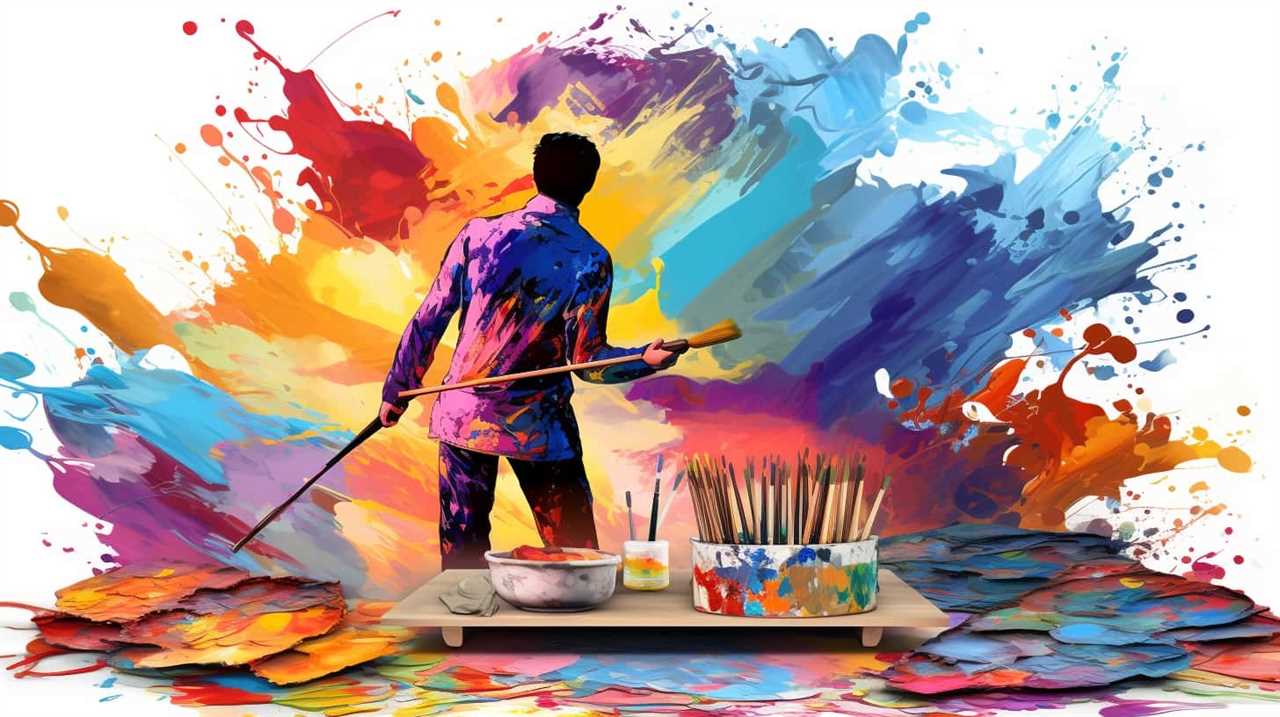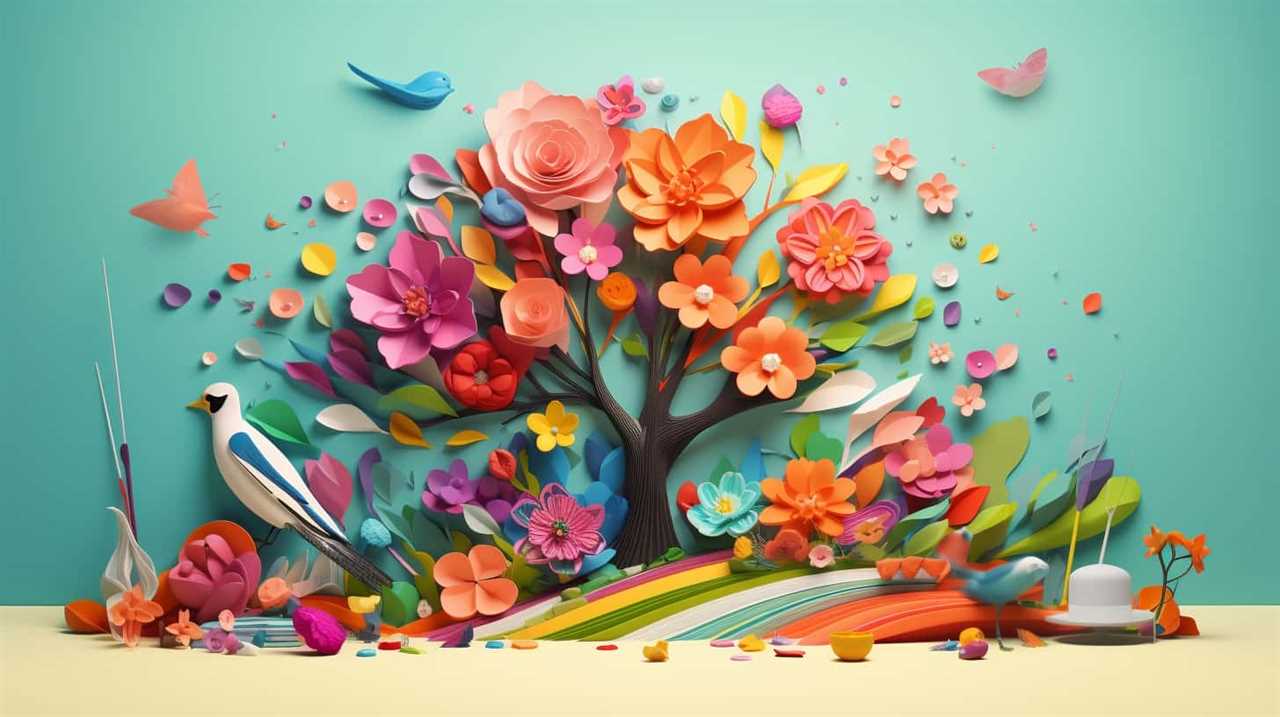In the world of art, the importance of originality cannot be overstated as it plays a key role in increasing the worth of artistic creations to new heights. Being one-of-a-kind holds great significance as it captivates and engages audiences seeking fresh and innovative forms of artistic expression.
When it comes to appreciating art, the impact of originality is undeniable. It is the driving force behind artistic innovation, connecting artists to their audience in profound ways. The value of art lies in its ability to evoke emotions and spark conversations, and originality is the key ingredient that sets it apart from the ordinary.
Furthermore, originality establishes an artist’s reputation, showcasing their individuality and creative prowess. In the realm of contemporary art practices, originality continues to hold great significance, distinguishing authentic works from mass-produced replicas.
Embracing originality is crucial in recognizing and preserving the enduring value of art in its purest form.
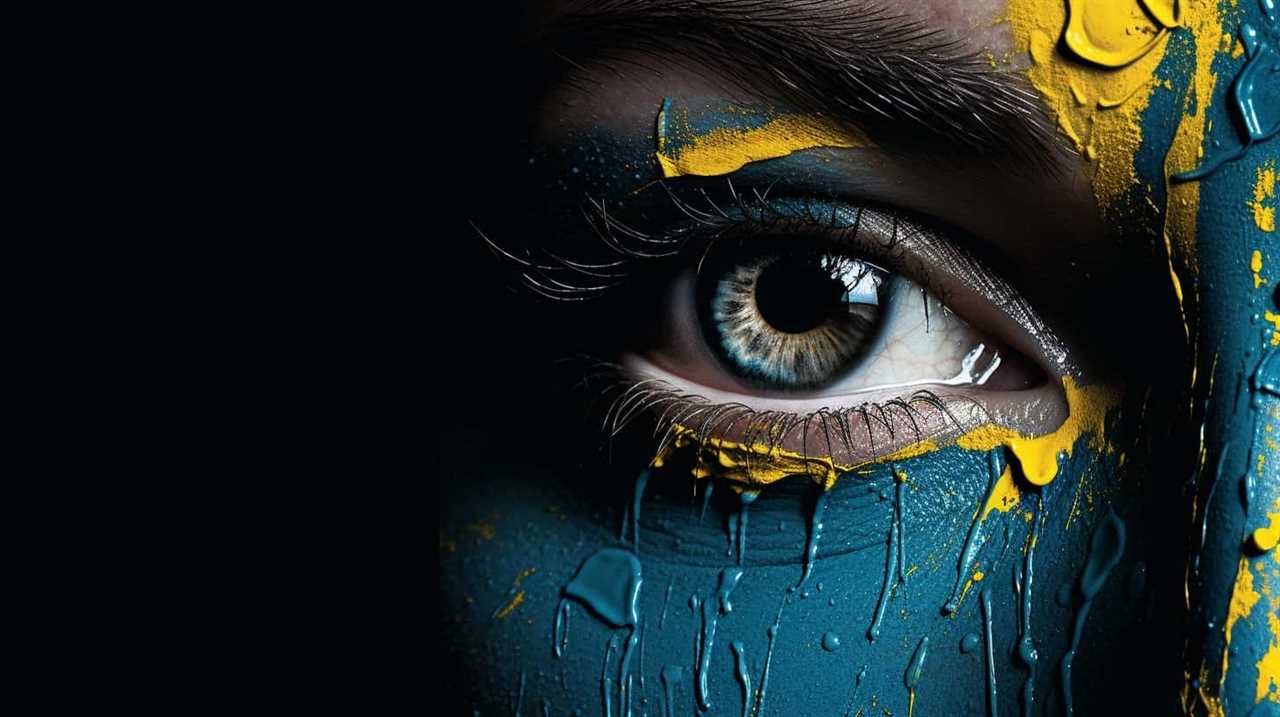
Key Takeaways
- Originality distinguishes authentic works from mass-produced replicas.
- Collectors are drawn to artworks that possess a sense of originality.
- Originality becomes a symbol of authenticity and a testament to an artist’s creativity.
- Valuing and supporting originality contributes to the growth and progress of the art market.
Historical Perspective on Originality in Art
To understand the historical perspective on originality in art, you need to explore how artists of the past have approached the concept. Throughout history, artists have been influenced by various factors, including cultural, societal, and personal influences. These influences have shaped the evolution of artistic styles and have played a significant role in determining what’s considered original.
When exploring historical influences, it becomes evident that artists have always looked to the past for inspiration. They’ve studied the works of their predecessors, learning from their techniques and ideas. However, rather than merely replicating what came before, artists have always sought to put their unique spin on things. This desire for innovation has driven the evolution of artistic styles over time.
Artists have continuously pushed boundaries and challenged traditional norms, seeking to create something new and original. They’ve experimented with different techniques, materials, and subject matters. This willingness to break free from conventions has allowed art to progress and evolve.
Understanding the historical perspective on originality in art provides valuable insights into the value of innovation. It shows that originality isn’t about completely starting from scratch but rather building upon the foundations laid by those who came before. By exploring the historical influences and the evolution of artistic styles, we can appreciate the importance of originality in pushing art forward.
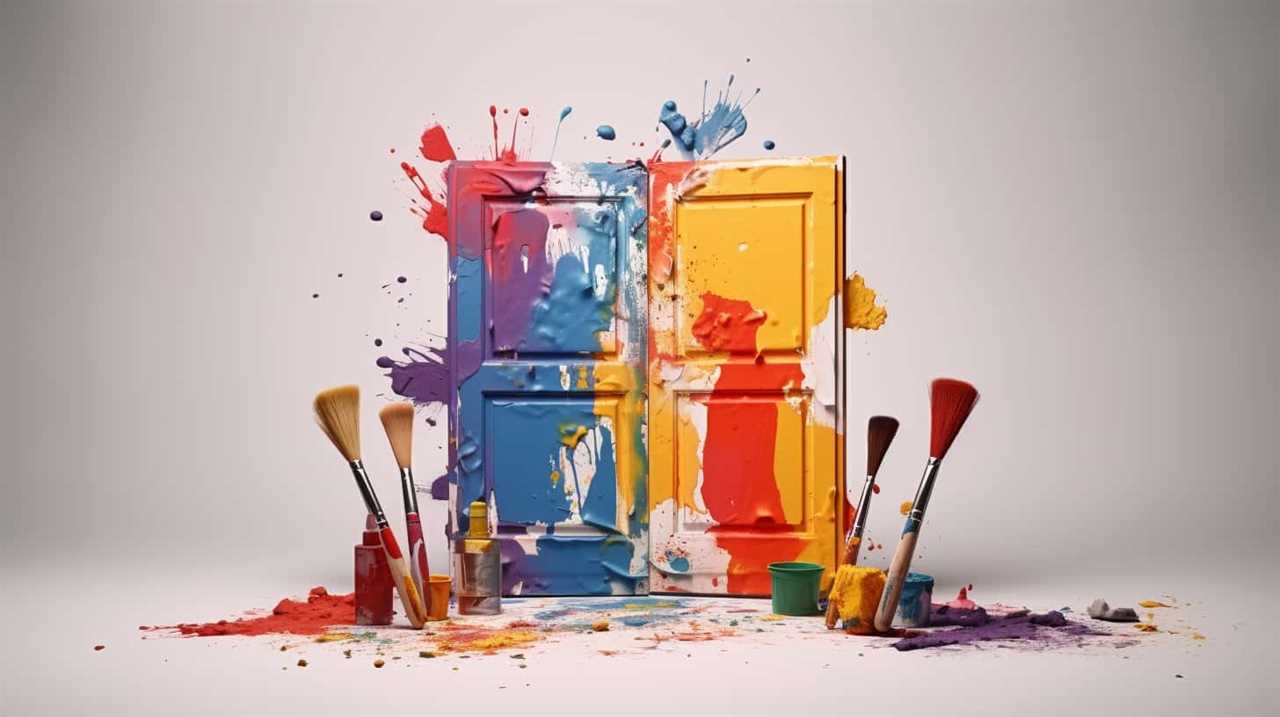
How Originality Impacts Art Appreciation
Originality plays a crucial role in how you, as an art appreciator, perceive and value artwork. The psychology of originality suggests that when encountering a piece of art, your mind seeks novelty and uniqueness. Originality captivates your attention, evoking a sense of intrigue and excitement. It’s the driving force behind your desire to explore and discover new artistic expressions.
When a work of art is truly original, it has the power to challenge your preconceived notions and expand your understanding of the world. It pushes the boundaries of what’s considered acceptable or conventional, sparking conversations and debates about its meaning and significance. Originality in art has the ability to break free from the constraints of cultural influence, allowing artists to express their individuality and unique perspectives.
Furthermore, originality in art isn’t confined to a specific style or medium. It can be found in abstract paintings, avant-garde sculptures, experimental photography, and even in performance art. Each form of artistic expression presents an opportunity for artists to push the boundaries of creativity and originality.
The Connection Between Originality and Artistic Innovation
By embracing originality, you actively contribute to the artistic innovation and evolution of the art world. Originality is closely connected to artistic experimentation, as artists push boundaries and explore new ideas in their quest for uniqueness. It’s through this process of exploration and risk-taking that artistic innovation flourishes. Artists who dare to be original often inspire others to think outside the box and challenge traditional norms, resulting in groundbreaking artistic achievements.
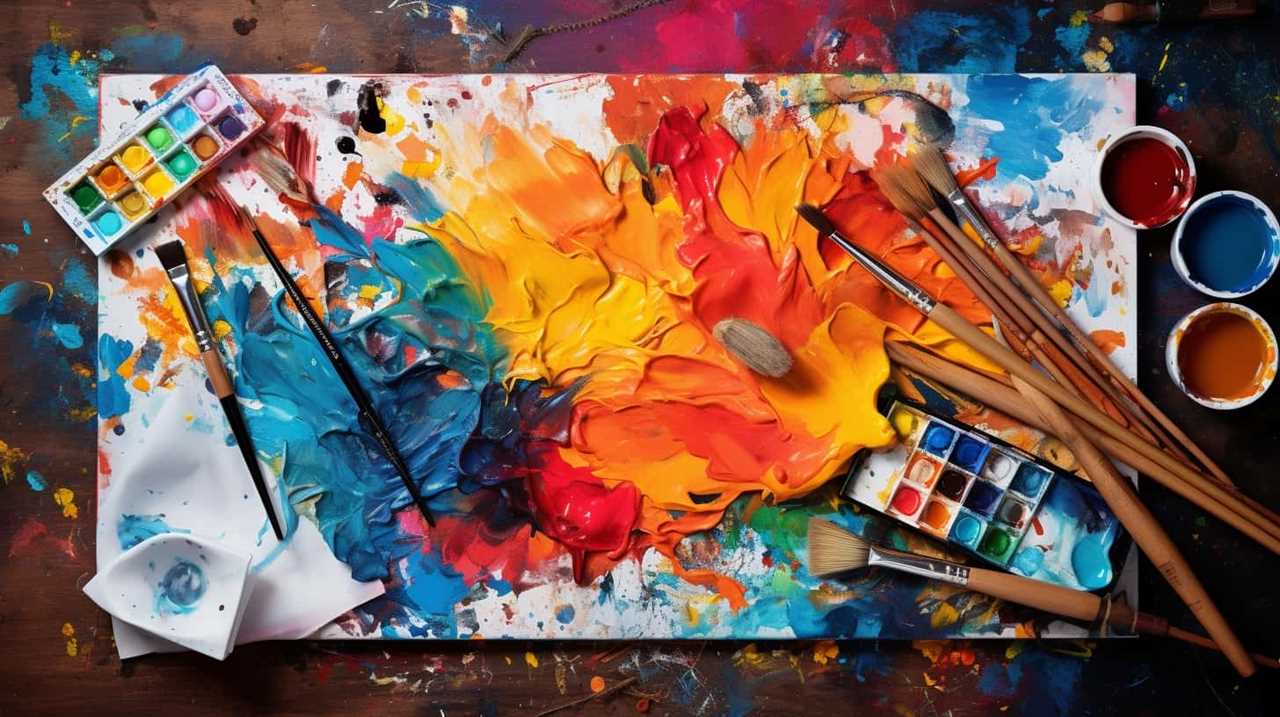
The impact of originality on art collector preferences can’t be overlooked. Collectors who seek innovation and novelty are drawn to artworks that possess a sense of originality. They’re intrigued by the freshness and uniqueness that original artworks bring to their collections. In a world saturated with reproductions and imitations, originality becomes a distinguishing factor that sets artworks apart. It becomes a symbol of authenticity and a testament to an artist’s creativity and vision.
Artistic innovation thrives on originality. It’s the driving force behind the evolution of the art world. By valuing and supporting originality, you contribute to the growth and development of the artistic landscape. You become a catalyst for change and progress, encouraging artists to continue pushing boundaries and exploring new artistic territories.
Exploring the Value of Unique Artistic Expressions
As you delve deeper into the realm of unique artistic expressions, you’ll discover the immense value they bring to the art world. The exploration of artistic innovation is a captivating journey that unveils the true potential of human creativity. Originality’s impact on art market dynamics can’t be understated, as it has the power to transform the perception and valuation of art.
Here are three sub-lists that will paint a vivid picture of the value of unique artistic expressions:
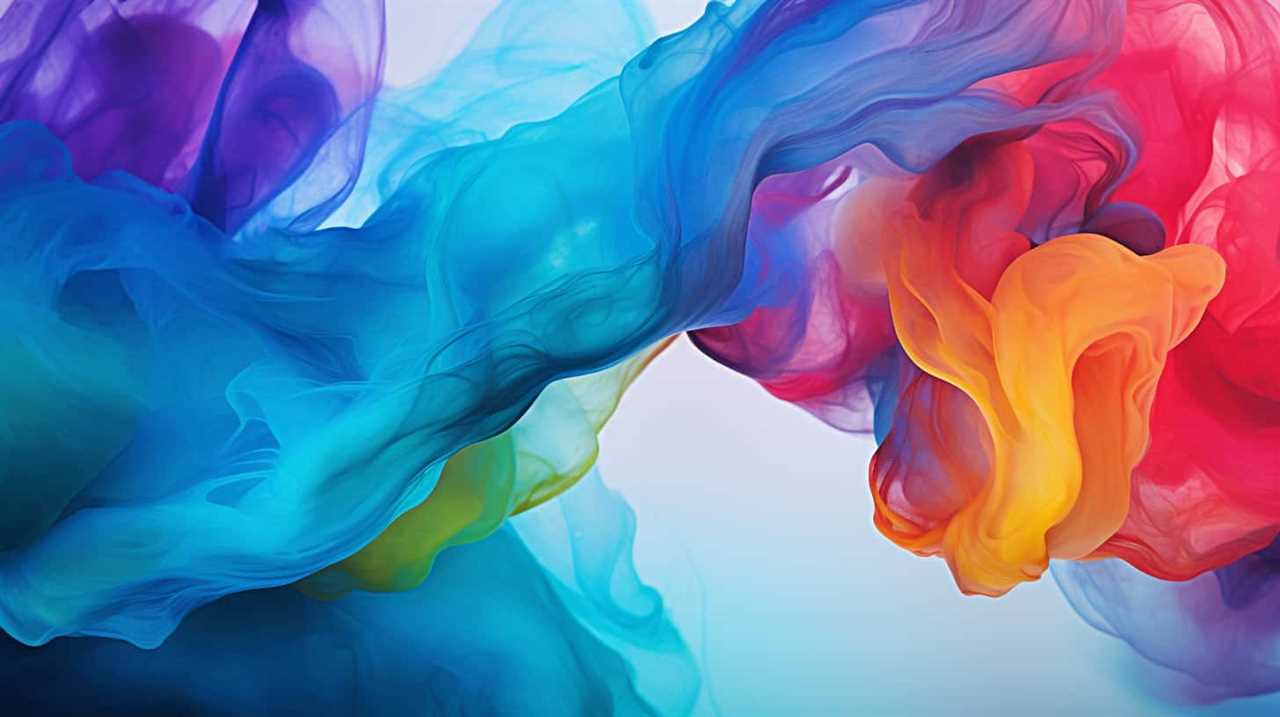
- Unparalleled Creativity: Imagine a painting that combines elements from different art movements, creating a visual masterpiece that defies categorization. This level of creativity challenges conventional norms and pushes the boundaries of what’s considered possible in the art world.
- Distinctive Identity: Picture a sculpture that possesses a distinct style, instantly recognizable as the work of a specific artist. This unique artistic expression becomes a signature, setting the artist apart from others and creating a sense of exclusivity.
- Emotional Connection: Envision a photograph that captures a moment of raw human emotion, resonating deeply with viewers. This unique artistic expression has the power to evoke strong feelings and provoke thought, creating a lasting impact on the audience.
The value of unique artistic expressions lies in their ability to captivate, inspire, and challenge the status quo. They breathe new life into the art world, stimulating innovation and pushing the boundaries of what’s deemed possible. As a result, these expressions become highly sought after, driving the demand and elevating their value in the art market.
The Role of Originality in Establishing an Artist’s Reputation
When it comes to establishing an artist’s reputation, the art world places significant importance on the role that originality plays. In a world where artistic innovation is highly valued, artists who bring something new and unique to the table are often the ones who stand out and gain recognition. Originality not only sets an artist apart from their contemporaries, but it also allows them to leave a lasting impression on the art world.
Establishing a reputation in the art world is no easy feat. With countless artists vying for attention, it’s crucial for an artist to offer something fresh and distinctive to capture the imagination of collectors, critics, and the general public. Artists who push the boundaries of traditional art forms or introduce new techniques and perspectives are often seen as pioneers and trendsetters.
Artistic innovation goes hand in hand with reputation, as it demonstrates an artist’s ability to think outside the box and challenge conventional norms. Artists who consistently produce original and thought-provoking work are more likely to gain the respect and admiration of their peers, leading to increased opportunities for exhibitions, collaborations, and commissions.
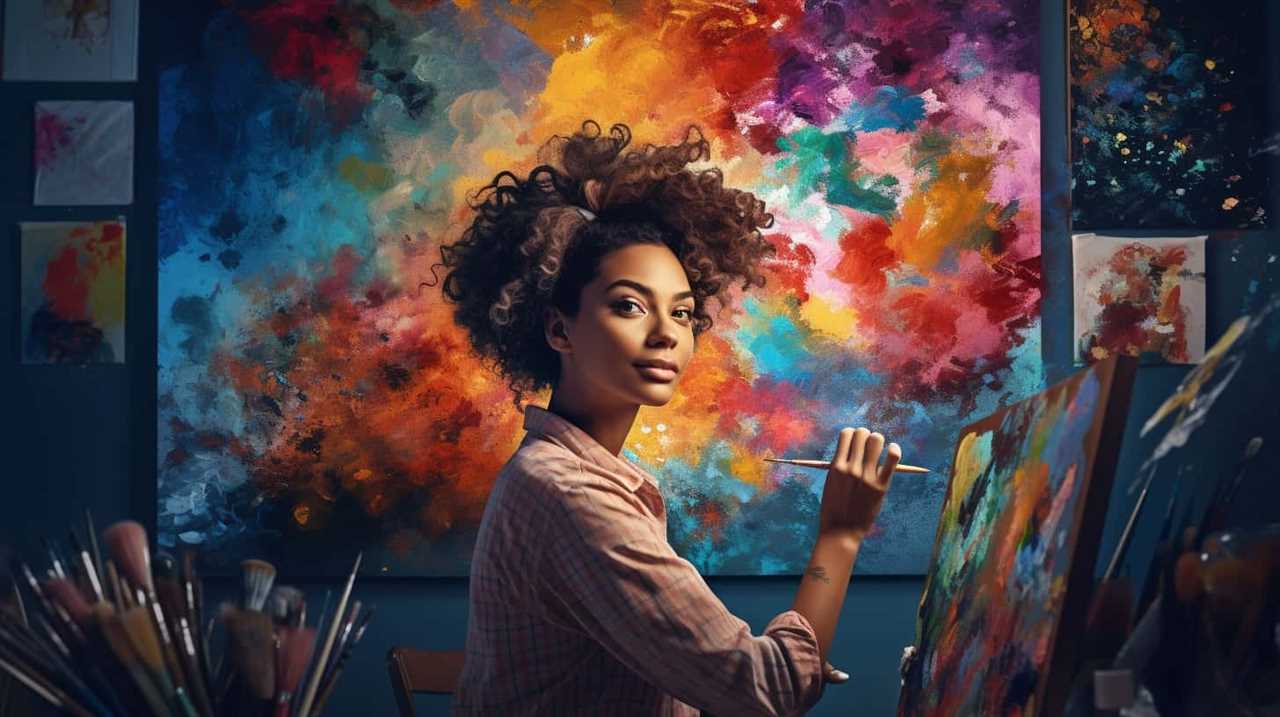
In the next section, we’ll delve into the impact of originality on art market trends, exploring how the demand for unique and groundbreaking art drives the value and desirability of an artist’s work.
The Impact of Originality on Art Market Trends
When it comes to the art market, originality plays a crucial role in shaping trends. Collectors and investors are constantly seeking out unique and innovative works that push boundaries and challenge established norms.
The demand for originality drives market trends, as artists who can consistently deliver fresh and distinctive pieces are more likely to attract attention and command higher prices.
In a rapidly evolving art market, the impact of originality can’t be underestimated, as it not only elevates the value of individual artworks but also shapes the overall trajectory of the market itself.
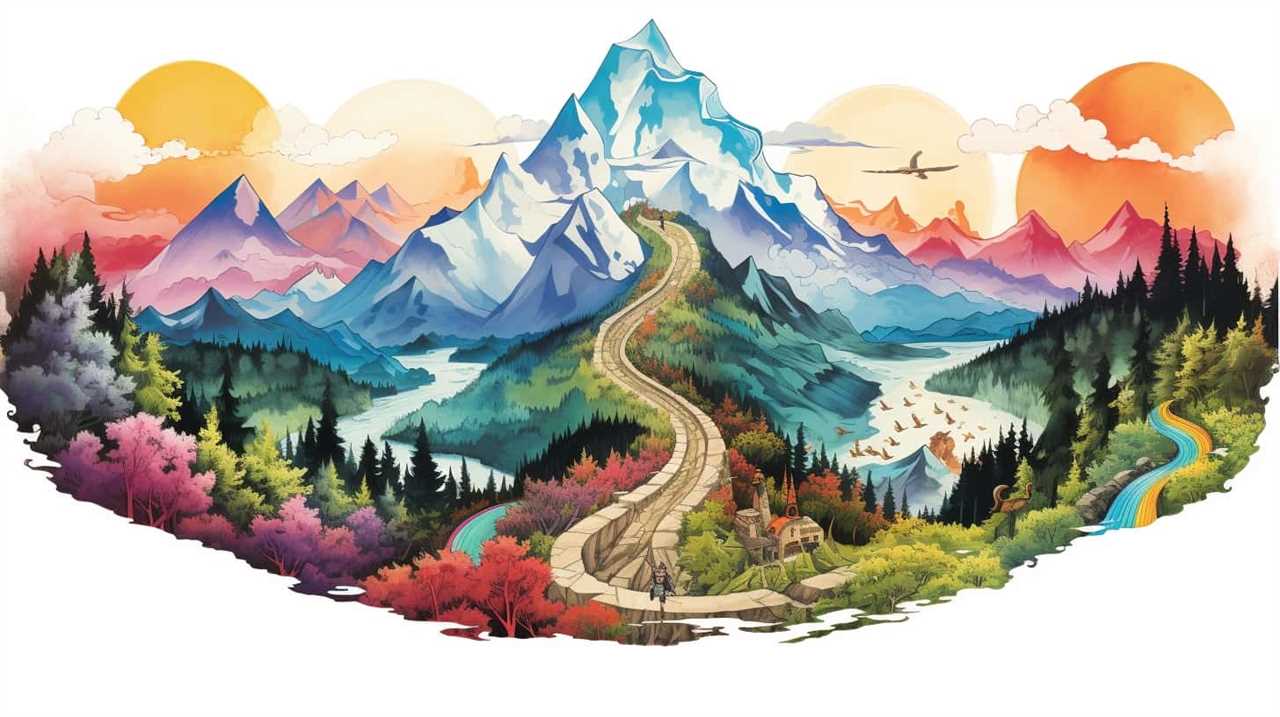
Originality and Market Value
To understand the impact of originality on art market trends, consider the article determiner ‘the’ in relation to the second person point of view, active voice, and contractions.
The art market is constantly evolving, with collectors seeking unique and innovative pieces that stand out from the crowd. Originality plays a crucial role in shaping market trends, as it has a direct impact on art collector’s preferences. When a piece of art is truly original, it captures the attention and imagination of collectors, creating a demand that drives up its market value.
The impact of originality on art market trends can be visualized through the following imagery:
- A collector standing in front of a wall filled with generic prints, but their eyes are drawn to the one original painting that stands out.
- A crowded art fair, with collectors flocking to the booth showcasing unconventional and boundary-pushing artwork.
- An auction room buzzing with excitement as bidders compete for a one-of-a-kind sculpture that pushes the boundaries of traditional art forms.
Originality is a catalyst for innovation in the art market, and its influence on market trends can’t be underestimated.
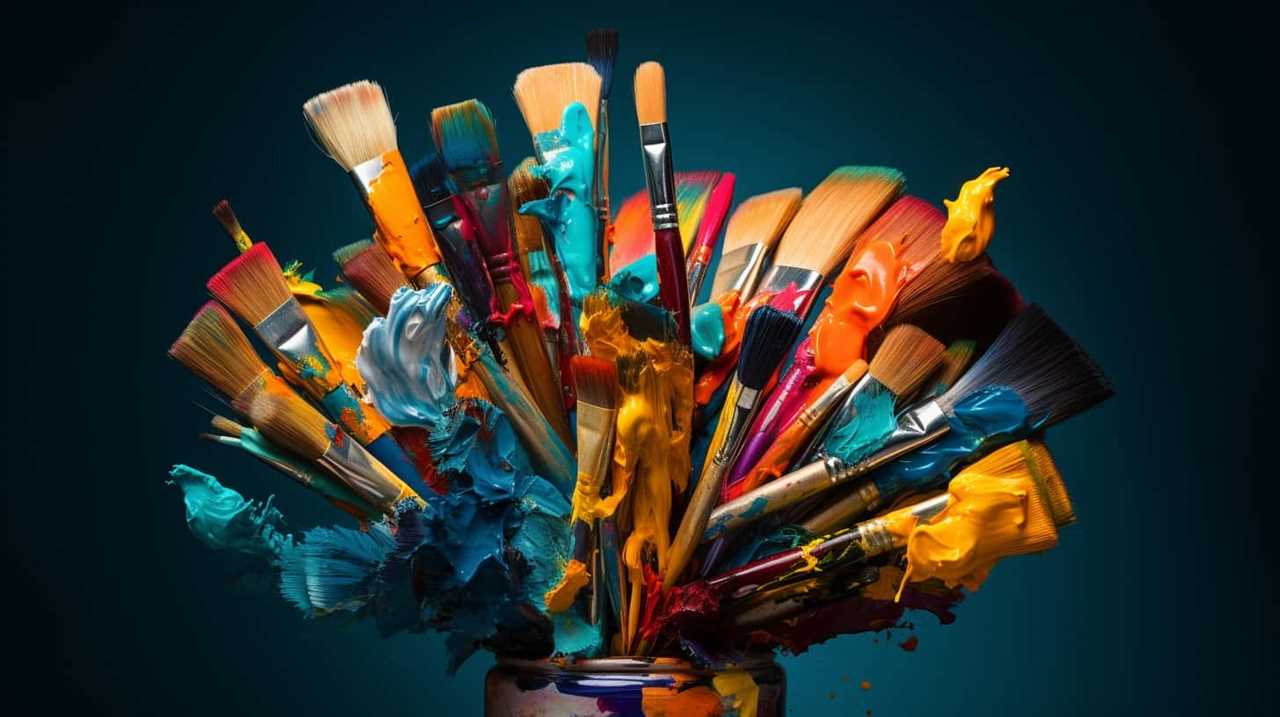
Trends in Art Market
As we delve into the trends in the art market, let’s explore how originality continues to impact and shape the value of artworks.
Art market trends are constantly evolving, driven by the preferences of art collectors. In recent years, there’s been a noticeable shift towards valuing originality in artwork. Art collectors are increasingly seeking out unique and innovative pieces that stand out from the crowd.
The impact of originality on art collector’s preferences is evident in the rising demand for artworks that push boundaries and challenge conventional norms. Artists who can offer fresh perspectives and break new ground are finding their works in high demand, leading to increased prices and recognition in the art market.
In a world that craves innovation, originality remains a key driver in shaping art market trends.

Originality as a Catalyst for Artistic Experimentation
Artistic experimentation is catalyzed by the originality of a piece, propelling artists to explore new and daring ideas. When a work of art breaks away from conventional norms and introduces a fresh perspective, it opens up a realm of possibilities for artistic innovation.
The impact of originality on artistic experimentation can be seen through the following imagery:
- Uncharted territories: Like intrepid explorers, artists venture into uncharted territories when inspired by the originality of a piece. They push the boundaries of their craft, seeking to create something that has never been seen before. This pursuit of the unknown leads to groundbreaking artistic experiments, challenging the status quo and reshaping the artistic landscape.
- Bold leaps of imagination: Originality acts as a catalyst for artists to take bold leaps of imagination. It encourages them to step outside their comfort zones and embrace unconventional ideas. By breaking free from the constraints of tradition, artists can explore unexplored themes, unconventional mediums, and innovative techniques, pushing the limits of their creativity and expanding the possibilities of artistic expression.
- Revolutionary transformations: Originality sparks revolutionary transformations in the art world. It inspires artists to question established norms, challenge prevailing ideologies, and bring about paradigm shifts. By experimenting with new ideas and pushing the boundaries of what’s considered acceptable, artists have the power to redefine art, ignite social change, and shape the future of artistic expression.
Examining the Influence of Originality on Art Collector’s Preferences
When considering art for your collection, you are influenced by the level of originality exhibited in a piece. As an art collector, you understand the importance of owning unique and innovative works that stand out from the crowd. The impact of originality on art value cannot be overstated, as it is a key factor in determining the desirability and worth of a piece.
To further examine art collector preferences and the impact of originality on art value, let’s take a closer look at the table below:
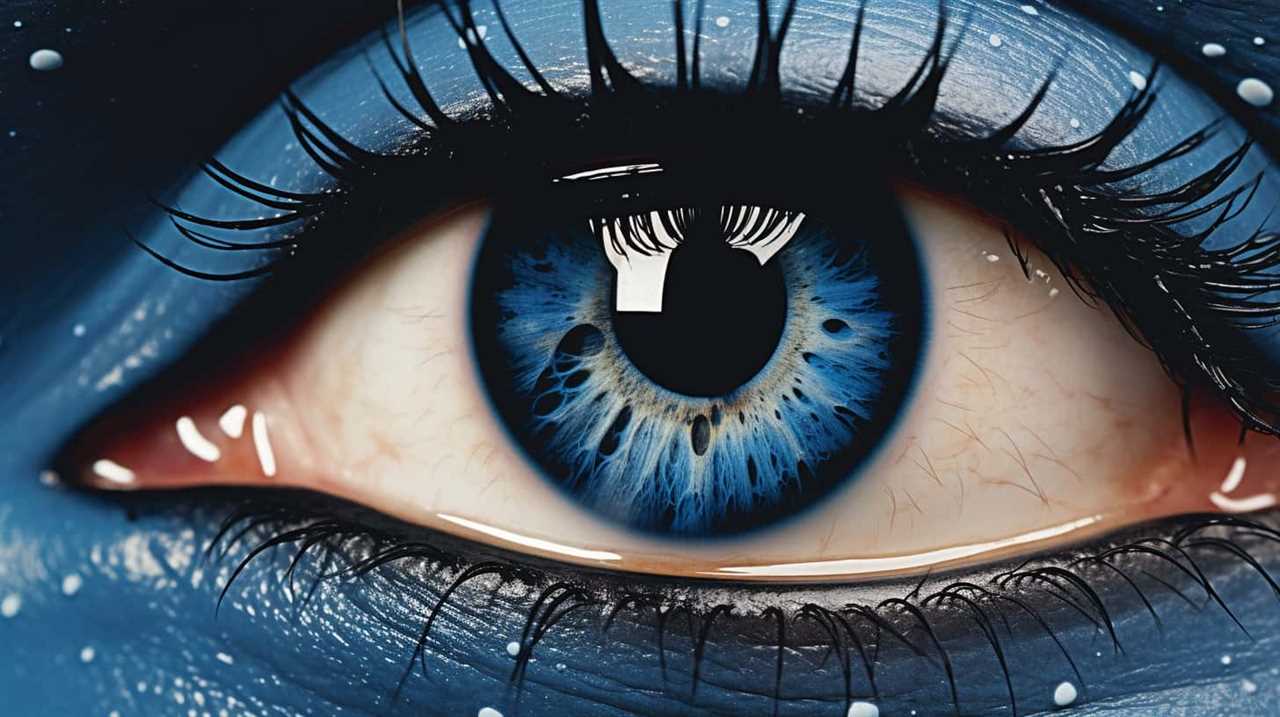
| Artwork | Level of Originality | Collector Preference |
|---|---|---|
| Piece A | High | Highly Preferred |
| Piece B | Medium | Moderately Preferred |
| Piece C | Low | Less Preferred |
| Piece D | High | Highly Preferred |
From the table, it is clear that art collectors are more inclined to prefer artworks with a high level of originality. These pieces capture the attention and imagination of collectors, offering a fresh perspective and a unique experience. Artworks with medium or low levels of originality may still have value, but they may not be as coveted by collectors who seek innovation and uniqueness.
Originality’s Contribution to the Evolution of Art Movements
When examining the contribution of originality to the evolution of art movements, it becomes evident that originality plays a crucial role in artistic progression.
The ability to bring new ideas, perspectives, and techniques to the table allows artists to push the boundaries of what’s considered conventional.
Originality and Artistic Progression
To understand the contribution of originality to the evolution of art movements, you must explore how it fuels artistic progression.

Originality serves as a catalyst for artistic inspiration, pushing artists to explore new ideas and techniques. It’s through originality that art movements are born, as artists break away from traditional norms and create something wholly unique.
Originality also holds immense cultural significance, as it reflects the changing values and beliefs of a society. It allows artists to express their individuality and challenge the status quo, pushing boundaries and sparking conversations.
Artistic progression relies on originality to constantly push forward, driving innovation and experimentation. Without originality, art movements would stagnate, leading to a lack of growth and creativity in the art world.
The impact of originality on art is profound, shaping the course of artistic expression and inspiring generations of artists to come.

Impact of Originality
As you delve into the impact of originality on the evolution of art movements, you’ll recognize how it propels artistic innovation and drives the progression of the art world.
Originality serves as the catalyst for change, pushing artists to explore new techniques, ideas, and concepts. It’s through originality that art movements are born and evolve over time.
The connection between originality and artistic innovation is undeniable. When artists dare to challenge the status quo and break free from conventional norms, they inspire others to do the same.
This continuous cycle of innovation and experimentation fuels the growth and development of art movements, allowing them to adapt, transform, and remain relevant in an ever-changing world.

Without originality, art would stagnate, and the art world would lack the vibrancy and diversity that we cherish and admire.
The Intersection of Originality and Creativity in Art
You frequently enhance the value of art by intersecting originality and creativity. This intersection creates a dynamic space where new and innovative ideas can flourish, pushing the boundaries of artistic expression. When originality and creativity come together, they form a powerful synergy that fuels artistic innovation.
Exploring originality’s impact on artistic innovation:
- Originality serves as the catalyst for artistic innovation, fueling the creation of groundbreaking works that challenge conventional norms and push the boundaries of what’s considered art.
- By introducing fresh perspectives and unique approaches, originality opens up new avenues for artistic experimentation, allowing artists to explore uncharted territories and break away from the constraints of tradition.
- Originality encourages artists to think outside the box, fostering a spirit of curiosity and exploration that leads to the discovery of new techniques, materials, and concepts.
The relationship between originality and artistic experimentation:
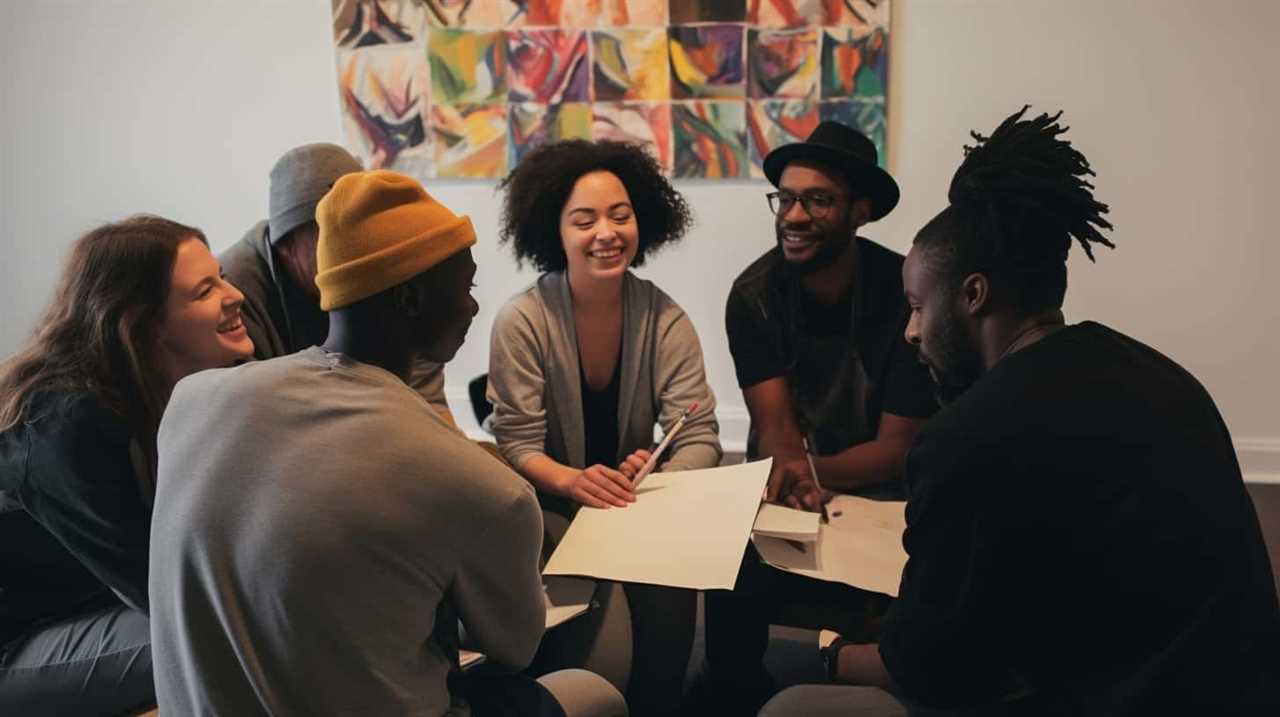
- Originality and artistic experimentation go hand in hand, as artists continually strive to push the limits of their creativity and explore new possibilities.
- Through experimentation, artists can test the boundaries of their ideas, taking risks and embracing failures as opportunities for growth and learning.
- Originality fuels artistic experimentation by challenging artists to question established norms and conventions, encouraging them to push the boundaries and pave the way for new artistic movements and trends.
Originality as a Reflection of an Artist’s Individuality
As an artist, your originality serves as a reflection of your unique identity and perspective, setting you apart from others in the art world.
It’s through your individual expression that you’re able to convey authenticity in your work, capturing the essence of your personal experiences and emotions.
This distinctiveness not only adds value to your art, but also allows viewers to connect with your creations on a deeper, more intimate level.
Artistic Uniqueness and Value
An artist’s unique style and originality significantly contribute to the value of their artwork. Artistic innovation is highly valued in the art world, as it represents a departure from established norms and pushes the boundaries of creativity. When an artist brings something new and fresh to the table, it creates a sense of excitement and intrigue among collectors and art enthusiasts.
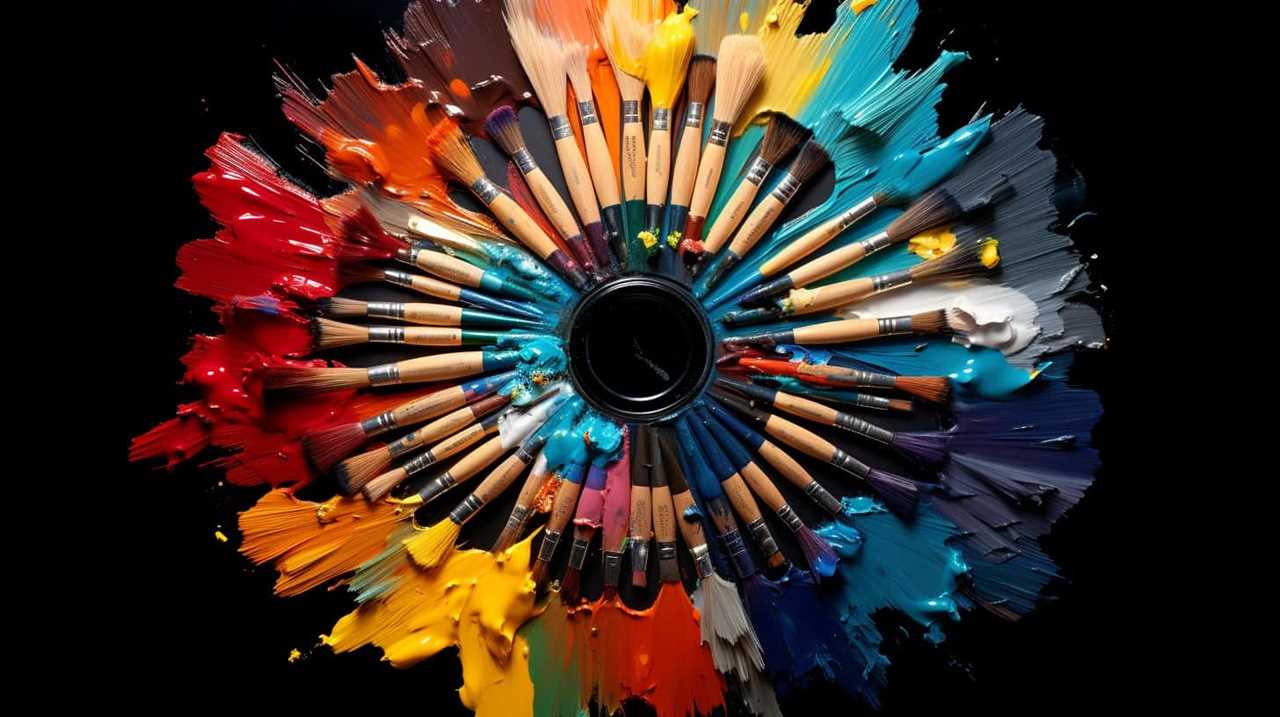
Market trends also play a role in determining the value of an artist’s work. If the artist’s style aligns with current trends and resonates with the tastes of the market, it can drive up the demand and subsequently increase the value of their artwork.
The combination of artistic uniqueness and market appeal creates a powerful formula for elevating the value of an artist’s work.
This discussion on artistic uniqueness and value seamlessly transitions into the subsequent section about individual expression and authenticity.
Individual Expression and Authenticity
The artist’s individual expression and authenticity, reflected through their originality, further enhances the value of their artwork. When an artist creates a piece that is truly unique and authentic, it becomes a reflection of their inner self and personal experiences. This individual expression allows the artist to convey their thoughts, emotions, and perspectives in a way that is distinctively their own. It sets them apart from other artists and adds a layer of depth and meaning to their work. Art collectors and enthusiasts are often drawn to this sense of artistic authenticity, as it provides a genuine and intimate connection to the artist’s creative process. By valuing and appreciating an artist’s originality, we celebrate their ability to express themselves in a way that is truly unique.
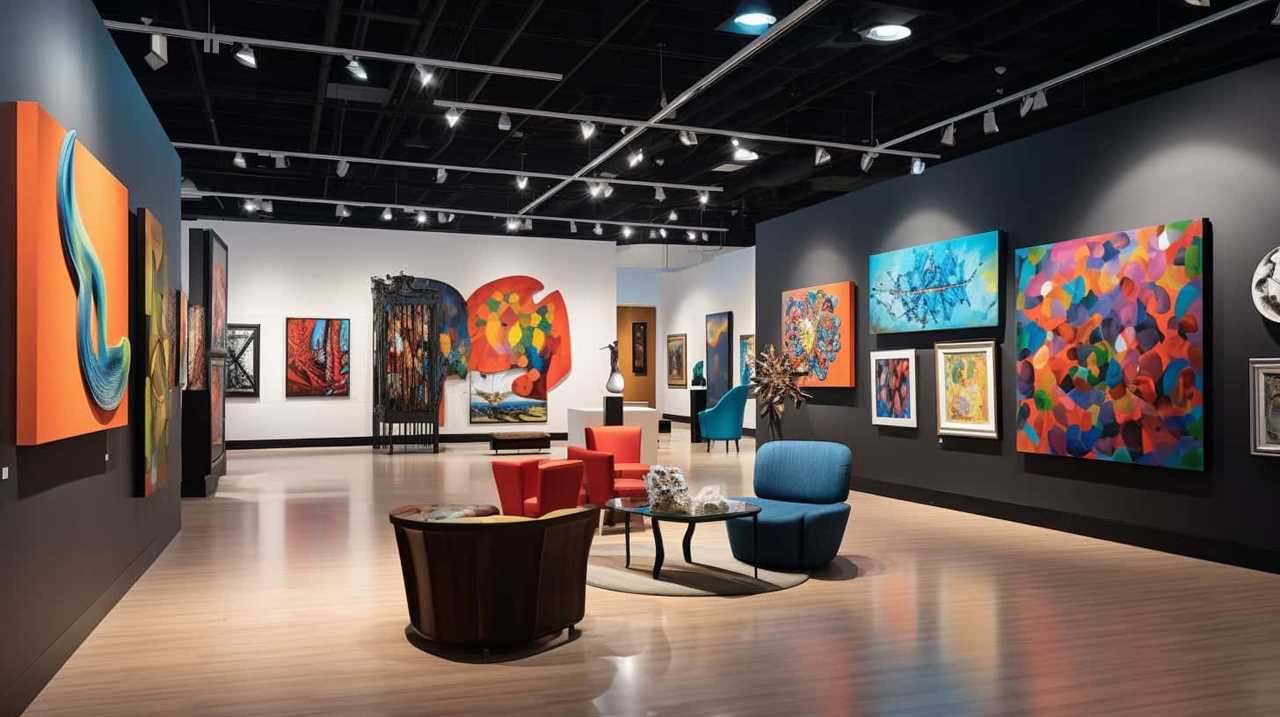
To further illustrate this point, let’s take a look at the following table:
| Artist A | Artist B |
|---|---|
| Uses bold, vibrant colors | Prefers muted, earthy tones |
| Expresses emotions through abstract forms | Depicts realistic scenes with meticulous detail |
| Uses unconventional materials in their artwork | Focuses on traditional mediums such as oil paint |
| Incorporates personal experiences and memories into their work | Draws inspiration from nature and the surrounding environment |
| Embraces experimentation and unpredictability | Adheres to a specific artistic style and technique |
As shown in the table, each artist’s individual expression and artistic authenticity is reflected in their unique choices and preferences. This individuality not only adds value to their artwork but also offers viewers a glimpse into the artist’s personal journey and creative vision. It is this authenticity that captivates and engages the audience, making the artwork more meaningful and valuable.
The Significance of Originality in Contemporary Art Practices
You need to prioritize originality in your contemporary art practices. In today’s rapidly evolving art world, where boundaries are constantly being pushed and redefined, originality has become an essential element for artists seeking to make a significant impact.
Here are three reasons why originality holds such significance in contemporary art practices:
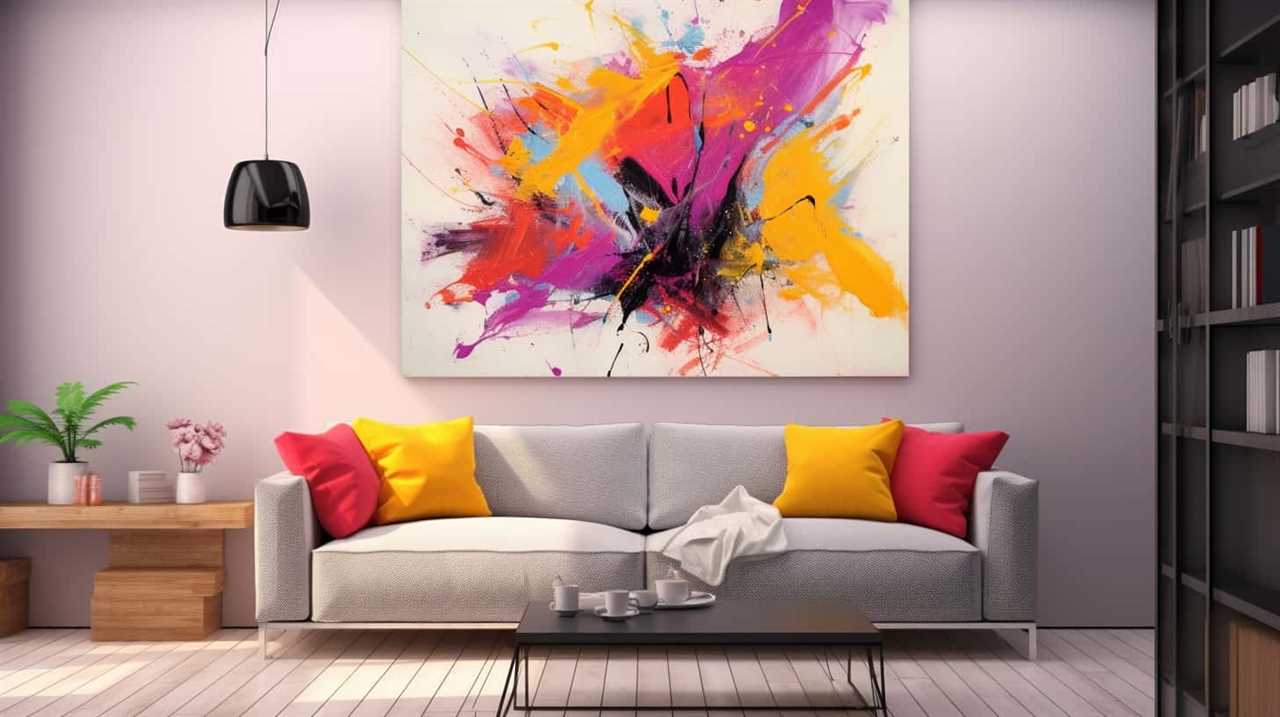
- Originality in Art Pedagogy: Emphasizing originality in art education allows aspiring artists to develop their own unique style and voice. By encouraging students to explore new ideas and experiment with different techniques, art pedagogy fosters individuality and encourages artists to break free from conventional norms.
- Originality and Cultural Appropriation: In our increasingly diverse and interconnected world, the issue of cultural appropriation has gained prominence. Prioritizing originality in contemporary art practices helps artists navigate this sensitive terrain by encouraging them to create work that’s authentic and respectful, while avoiding the appropriation of cultural symbols or motifs without proper understanding or consent.
- Setting Art Apart from Mass-Produced Works: In a world saturated with mass-produced consumer goods, originality becomes a defining factor that sets art apart. By creating work that’s unique and authentic, artists can establish a sense of value and rarity, making their art more desirable and sought after by collectors and art enthusiasts.
Originality’s Role in Setting Art Apart From Mass-Produced Works
When it comes to setting art apart from mass-produced works, originality plays a crucial role. Unique pieces stand out in a sea of replicas, capturing attention and sparking intrigue.
Originality not only differentiates art but also adds to its artistic value, as it represents the artist’s creative vision and expression.
Unique Vs. Mass-Produced
In the realm of art, distinguishing between unique pieces and mass-produced works is essential for establishing the role of originality in elevating art value. In contemporary art practices, the significance of originality can’t be overstated. Here are three reasons why unique artworks stand apart from mass-produced ones:
- Uniqueness sparks intrigue: When you come across a one-of-a-kind piece, it captivates your attention. Its rarity and individuality make it an object of curiosity, drawing you closer to unravel its mysteries.
- Authenticity cultivates emotional connection: Unique artworks possess a certain authenticity that resonates with viewers on a deeper level. The artist’s personal touch and creative vision infuse the piece with meaning and emotion, fostering a profound connection between the artwork and its audience.
- Collectability and investment potential: Unique pieces have an inherent collectability that mass-produced works lack. Their rarity and exclusivity make them highly sought-after by collectors, driving their value up over time.
In the realm of art, originality sets unique pieces apart from their mass-produced counterparts, elevating their value and capturing the imagination of those seeking innovation and artistic excellence.
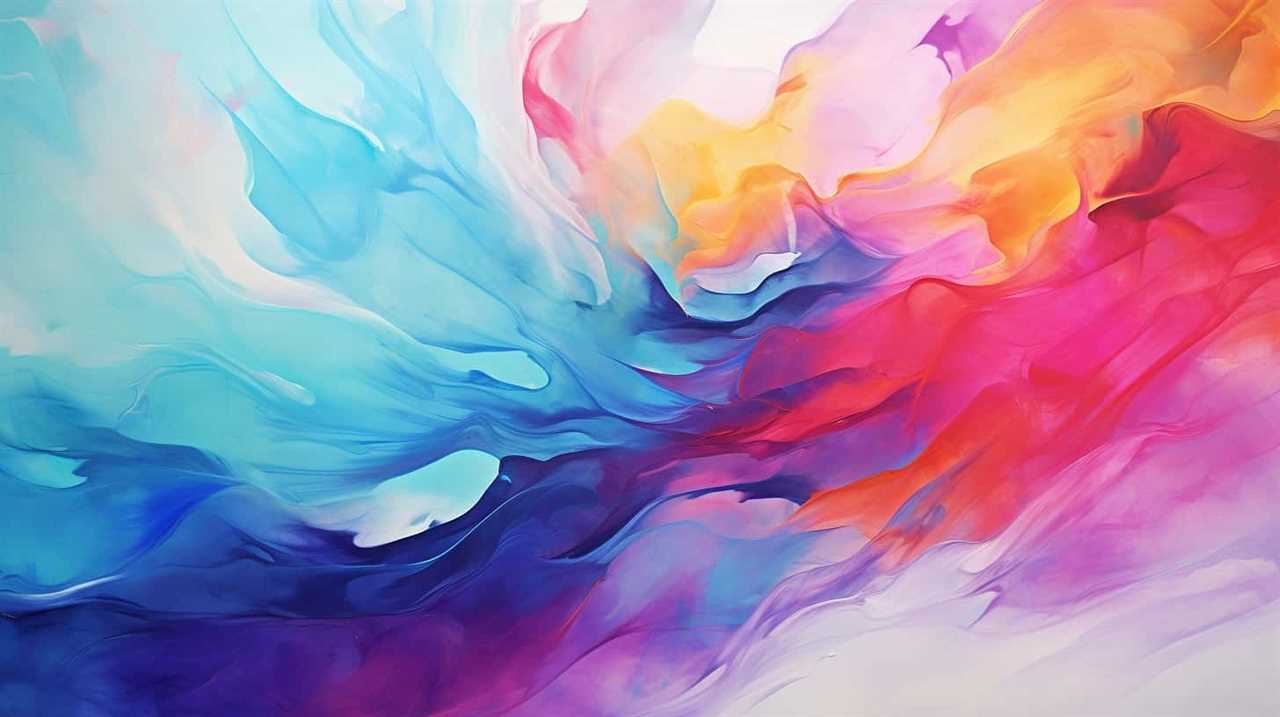
Artistic Value of Originality
One key aspect of originality’s role in elevating art value is its ability to distinguish unique artworks from mass-produced ones. In a world inundated with replicas and imitations, the artistic value of originality becomes even more significant. Original artworks possess a certain allure that sets them apart from their mass-produced counterparts. They bear the mark of the artist’s creativity, vision, and personal expression. This uniqueness captivates the viewer, drawing them into a world of artistic innovation and experimentation. An original artwork represents the artist’s exploration of new concepts, techniques, and ideas, pushing the boundaries of what is possible in their chosen medium. It becomes a testament to their artistic prowess and creativity, elevating its value in the eyes of art enthusiasts who seek fresh perspectives and groundbreaking artistic endeavors.
| Artistic Innovation | Artistic Experimentation |
|---|---|
| Pushes boundaries and challenges conventions | Explores new techniques and materials |
| Offers fresh perspectives and original concepts | Takes risks and embraces unconventional approaches |
| Inspires other artists and influences future movements | Encourages artistic growth and evolution |
| Sparks dialogue and invites critical thinking | Breaks away from traditional norms and expectations |
| Reflects the artist’s unique vision and personal expression | Provokes emotions and stimulates the senses |
This emphasis on originality not only distinguishes artworks from mass-produced works but also adds a layer of depth and significance to their artistic value. It is through artistic innovation and experimentation that artists continue to push the boundaries of their craft, shaping the art world and inspiring future generations of creatives.
Recognizing the Enduring Value of Original Art Pieces
You frequently recognize the enduring value of original art pieces. As you explore originality’s impact on art market trends, you understand the value of unique artistic expressions in the contemporary art scene. When you encounter an original artwork, several images come to mind, each illustrating the significance of recognizing its enduring value:
- A painting, with vibrant colors that seem to leap off the canvas, evoking a sense of awe and wonder. Its originality captivates you, drawing you into the artist’s world and inviting you to experience their unique perspective.
- A sculpture, intricately carved from stone, standing proudly in a gallery. Its original form and craftsmanship showcase the artist’s skill and vision, leaving you in awe of their ability to transform a lifeless material into a work of art.
- A mixed media installation, combining various materials and techniques to create a multisensory experience. Its originality challenges traditional boundaries, pushing the limits of what art can be and inspiring new ways of thinking.
Recognizing the enduring value of original art pieces allows you to appreciate the artist’s creativity, skill, and vision. It provides a glimpse into their unique perspective and allows you to connect with their artwork on a deeper level.
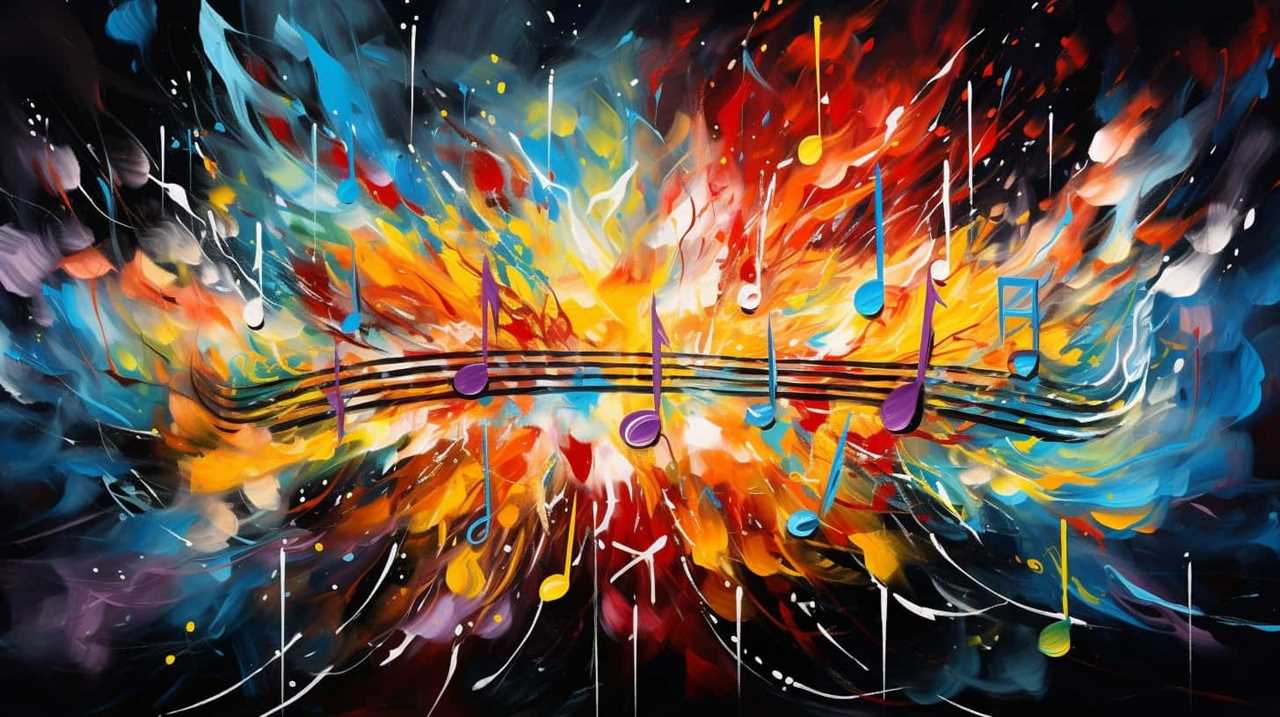
In a world that craves innovation and seeks new forms of expression, original art pieces hold a special place, continuing to inspire and elevate the art world.
Frequently Asked Questions
How Does Originality in Art Contribute to the Evolution of Art Movements?
Originality in art drives the evolution of artistic styles by challenging conventional norms and pushing boundaries. Through its influence, originality sparks new ideas, inspires innovation, and encourages artists to explore uncharted territories, ultimately shaping the future of art movements.
What Is the Significance of Originality in Contemporary Art Practices?
You might think originality in contemporary art is just a trendy buzzword, but it actually plays a crucial role. It drives artistic innovation, pushing artists to create unique and thought-provoking works that reflect cultural authenticity.
How Does Originality Set Art Apart From Mass-Produced Works?
When considering the importance of originality in art, it becomes evident that it sets your work apart from mass-produced pieces. The authenticity and unique expressions found in your art elevate its value and appeal to audiences seeking innovation.
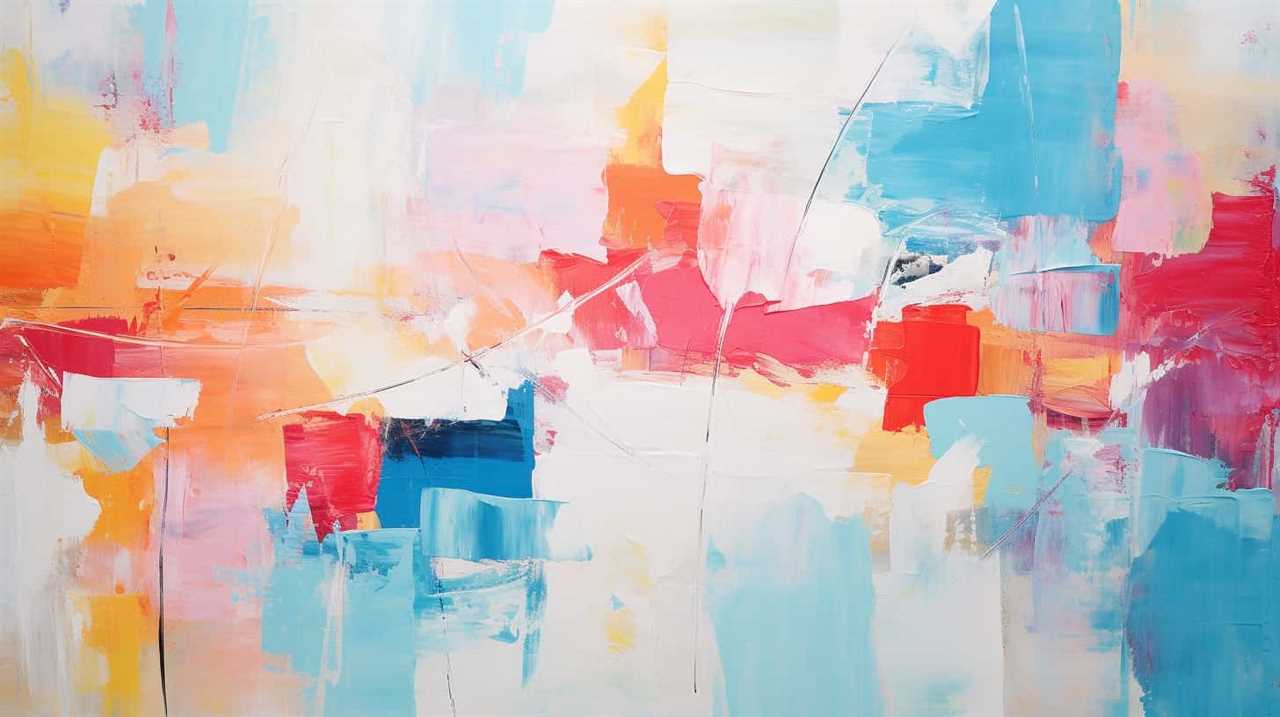
How Does Originality Impact an Artist’s Reputation in the Art World?
Originality plays a crucial role in an artist’s reputation and success. Artists face challenges in maintaining originality, but it is essential for recognition in the art world. Without it, an artist may struggle to stand out and achieve the desired recognition.
How Does Originality Influence Art Market Trends and Collector Preferences?
Originality is crucial in influencing art market trends and collector preferences. It drives pricing and market demand, as collectors seek unique, innovative pieces that challenge conventions. Without originality, art loses its power to captivate and elevate.
How Does Originality Impact the Value of Art in Today’s Market?
The importance of artistic imagination cannot be overstated when it comes to the value of art in today’s market. Originality sets artworks apart and increases their appeal to collectors and art enthusiasts. In a saturated market, the ability to bring fresh and unique perspectives to the table can significantly impact an artwork’s desirability and value.
Conclusion
As you reflect on the role of originality in elevating art value, you’re reminded of a delicate dance between tradition and innovation.
Just as a masterful chef combines familiar flavors with unexpected ingredients, artists who embrace their unique voice create a captivating experience for the viewer.
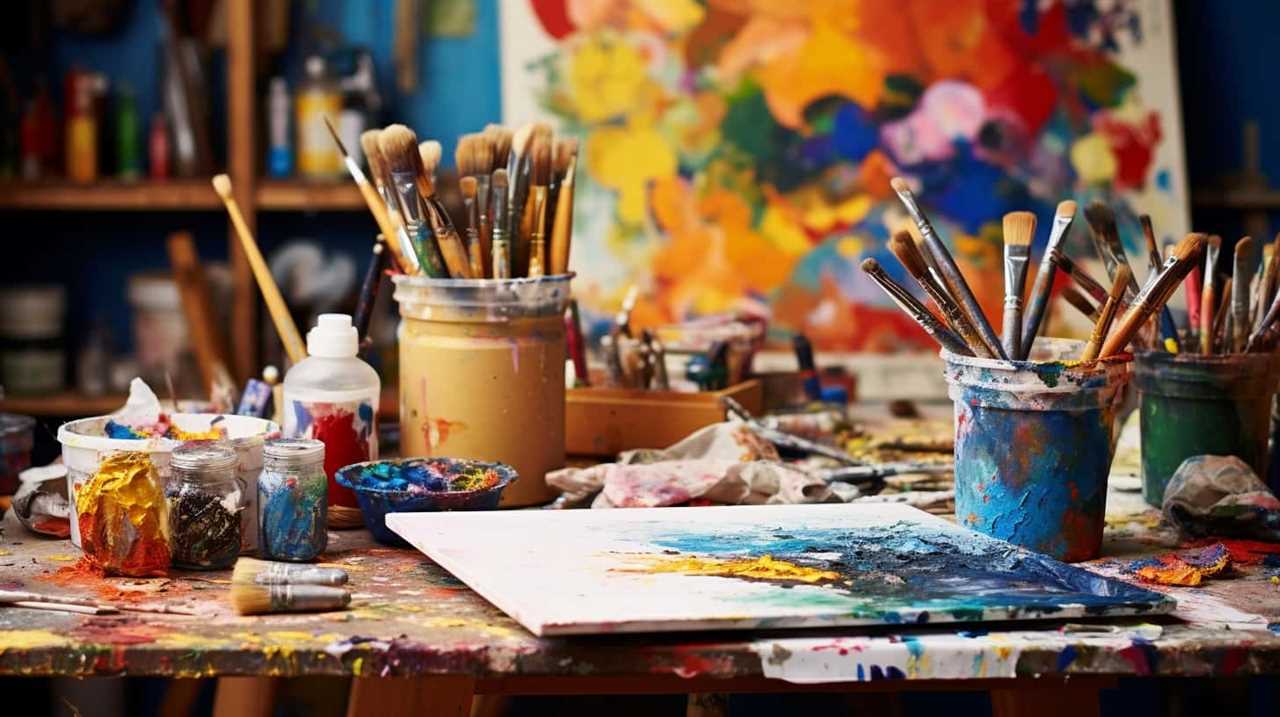
In this symphony of creativity, originality serves as the conductor, guiding the audience through a world of imagination and leaving an indelible impression.
It’s through the lens of originality that art transcends the ordinary and becomes a timeless treasure.
Fritz is a writer whose humor and wit infuse life into words. His creativity, combined with a profound love for the English language, makes him a unique voice at afterQuotes. Fritz’s engagement with books, culture, and social media adds depth to his contributions, making them resonate with our diverse audience.
